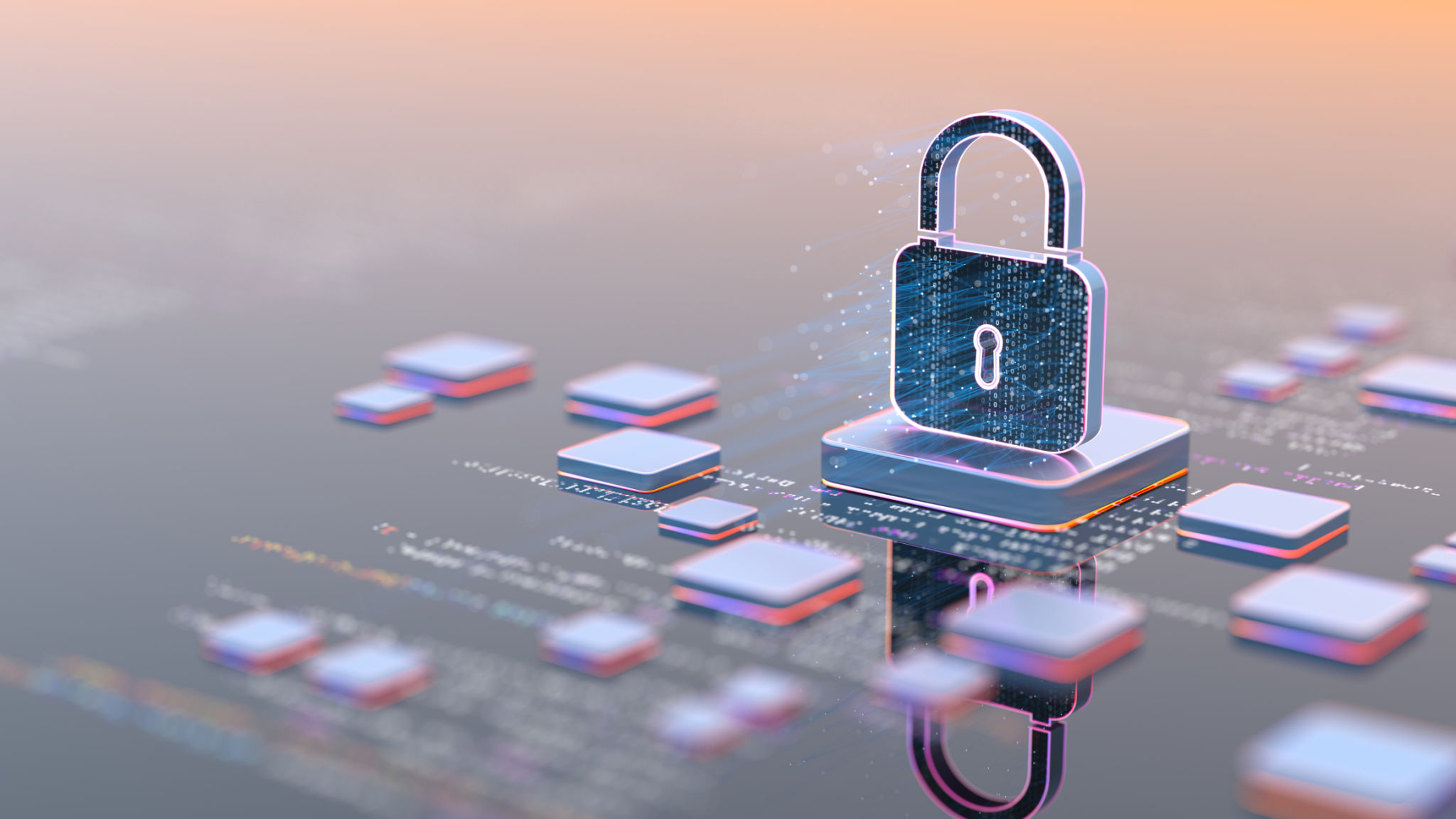Understanding Blockchain Security for Real World Assets
Introduction to Blockchain Security
Blockchain technology, once primarily associated with cryptocurrencies, is now making significant strides in securing real-world assets. From real estate to supply chain management, the immutable and transparent nature of blockchain is being leveraged to protect valuable assets. Understanding how blockchain security works is crucial for businesses and individuals looking to safeguard their assets in today's digital age.

How Blockchain Ensures Security
Blockchain security is grounded in its decentralized and distributed ledger system. This means that data is not stored in a single location but replicated across multiple nodes in a network. Each transaction is encrypted and linked to the previous one, forming a secure chain. This structure makes it extremely difficult for hackers to alter or delete information without being detected.
Moreover, blockchain uses cryptographic techniques to protect data integrity and authenticity. The use of public-key cryptography ensures that only authorized parties can access specific information, adding an extra layer of security. Additionally, the consensus mechanism, such as Proof of Work or Proof of Stake, requires network participants to validate transactions, ensuring that all parties agree on the ledger's state.
Benefits of Blockchain Security for Real-World Assets
The application of blockchain security extends beyond digital currencies and can significantly enhance the safety of real-world assets. Here are some key benefits:
- Immutability: Once recorded on the blockchain, data cannot be altered, providing a permanent and tamper-proof record.
- Transparency: All transactions are visible to network participants, promoting trust and accountability.
- Reduced Fraud: The decentralized nature of blockchain reduces the risk of fraud and unauthorized access.

Challenges in Implementing Blockchain Security
Despite its advantages, implementing blockchain security for real-world assets comes with challenges. One of the primary concerns is scalability. As more transactions are added to a blockchain, the network can become slower and more resource-intensive. This can hinder the technology's ability to handle large volumes of transactions efficiently.
Another challenge is regulatory compliance. Different countries have varying regulations concerning blockchain technology, which can create legal hurdles for businesses looking to adopt it globally. Additionally, there is the issue of interoperability, as different blockchain platforms may not seamlessly integrate with each other, complicating asset management across multiple chains.
Potential Solutions to Overcome Challenges
To address scalability issues, various solutions are being explored, such as layer 2 technologies and sharding. These approaches aim to enhance transaction throughput without compromising security. For regulatory challenges, ongoing dialogue between industry stakeholders and regulators is essential to establish clear guidelines that foster innovation while protecting consumers.

Interoperability is also being addressed through the development of cross-chain protocols and standards. These initiatives are designed to enable seamless communication between different blockchain networks, facilitating easier asset transfer and management.
Conclusion
Understanding blockchain security is crucial for leveraging its full potential in safeguarding real-world assets. While there are challenges to overcome, the benefits of enhanced security, transparency, and fraud reduction cannot be overlooked. As technology continues to evolve, it promises to offer even more robust solutions for asset protection in an increasingly digital world.
